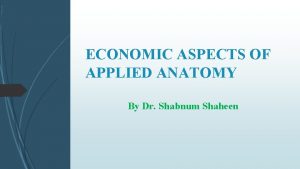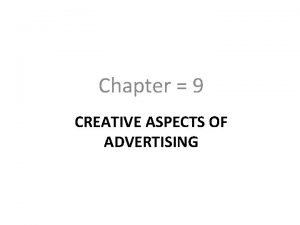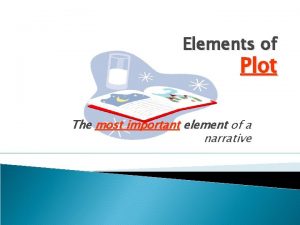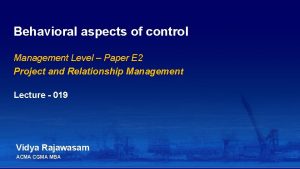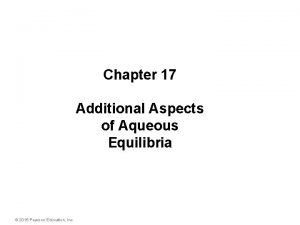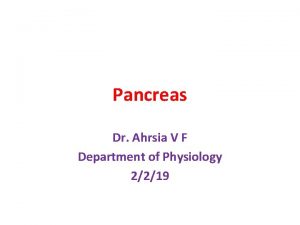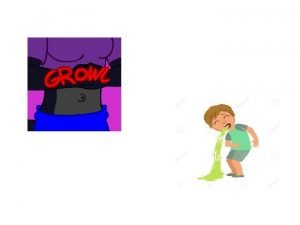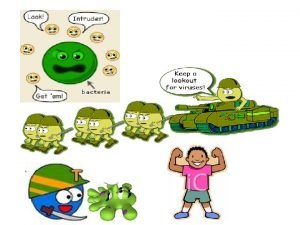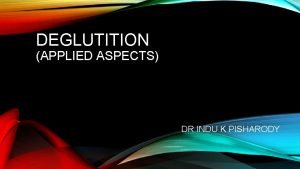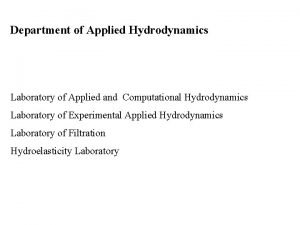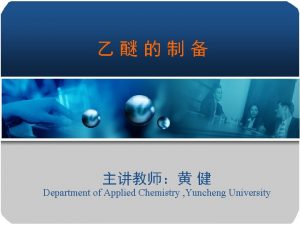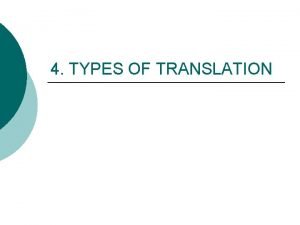APPLIED ASPECTS Dr Ahrsia V F Department of



















- Slides: 19

APPLIED ASPECTS Dr. Ahrsia V F Department of Physiology 29/9/18

TRANSPLANTATION • • Autograft Isograft Allograft Xenograft • Can transplant rejection be prevented? ?

• Cytotoxic drugs : Azathioprine, cyclophosphamide, methotrexate • Glucocorticoid therapy • Cyclosporine, tacrolimus, rapamycin • Monoclonal antibodies: Antilymphocytic globulin

Immunotherapy • Malignant diseases • Cellular immunotherapy LAK cells: lymphokine activated killer cells • Cytokine therapy: interferon, IL-2 • Antibody therapy Monoclonal antibodies • Adjuvant therapy (Fruend’s adjuvent) Complete: killed tuberculin bacilli Incomplete: aluminium hydroxide

Immunological disorders

AUTOIMMUNITY Mechanisms • Hidden antigen/sequestered antigen • Mutation • Neoantigen • Cross reacting antigen • Unbalanced activity of helper T cell and suppressor T cell

AUTOIMMUNITY Common conditions: • Autoimmune anemia • Grave’s disease • Insulin dependent Diabetes mellitus • Rheumatic fever

Allergy • Hyper-reactive responses to an antigen which is usually tolerated by others. • Local allergy: • Systemic/Anaphylaxis:

HYPERSENSITIVITY • • • Type I/ Anaphylaxis/ Ig. E mediated Type II/ antibody mediated cytotoxicity Type III/ immune complex mediated Type IV/ Delayed hypersensitivity Type V/ stimulatory

HYPERSENSITIVITY • Type I/ Anaphylaxis/ Ig. E mediated • Type II/ antibody mediated cytotoxicity Incompatible blood transfusion • Type III/ immune complex mediated Glomerulonephritis • Type IV/ Delayed hypersensitivity Tuberculin test • Type V/ stimulatory LATS

IMMUNODEFICIENCY DISEASES Primary immunodeficiency • Humoral immune deficiency X-linked agammaglobulinemia • Cellular immunedeficiencies Thymic hypoplasia/ Di George syndrome • Combined • Complement immune deficiency • Phagocytic disorders Secondary immunedeficiency • Acquired immunedeficiency disease(AIDS)

POLYCYTHEMIA Primary polycythemia Polycythemia vera Secondary polycythemia/erythrocytosis Appropriate increase • High altitude • Congenital heart disease with right to left shunt Inappropriate increase • Renal tumors, renal cyst • Liver tumors Relative polycythemia • Dehydration

LYMPH, LYMPHATIC CIRCULATION AND ITS FUNCTIONS

LYMPH Transudate formed from blood in the tissue spaces. Formation:

Composition: • Protien : (2 -6 g/100 ml) • Fat : chyle • Carbohydrates: less than plasma • Cellular content: • Ions: • Water:

• Lymph capillaries/ initial lymphatics: https: //anatomybody 101. com/wp-content/uploads/2015/11/picture-of-lymphatic-system-lymphcaps 2. jpg

Collecting lymphatics/ large lymph vessels: • Thoracic duct • Right lymphatic duct

Lymphatic flow: • Intrinsic lymphatic pump Valves & smooth muscles • Pumping by external compression Contraction of muscles/ organs Movements of different parts of body Arterial pulsations • Negative inthrathoracic pressure • Suction effect of higher velocity blood flow in veins in which lymphatics terminate. • Interstitial fluid pressure

Functions: • Prevents edema formation • Absorption of nutrients • Maintain protein content of plasma • Role in defence mechanism
 Economic aspects of applied plant anatomy
Economic aspects of applied plant anatomy Quality of a person
Quality of a person Cultural aspects
Cultural aspects Creative aspects of advertising
Creative aspects of advertising 7 elements of culture lesson plan
7 elements of culture lesson plan Element of a plot
Element of a plot Types of interior display
Types of interior display Professional issues in cyber security
Professional issues in cyber security Legal issues in nursing documentation
Legal issues in nursing documentation Psycholinguistic aspects of interlanguage
Psycholinguistic aspects of interlanguage Look at these pictures and answer the questions below
Look at these pictures and answer the questions below Organizational culture aspects
Organizational culture aspects Interlanguage and social identity and investment
Interlanguage and social identity and investment Aspects of development in a country
Aspects of development in a country Aspect is a type of lexical meaning
Aspect is a type of lexical meaning Behavioral aspects of management control
Behavioral aspects of management control Psycholinguistic aspects of interlanguage
Psycholinguistic aspects of interlanguage Aspects of romanticism
Aspects of romanticism Additional aspects of aqueous equilibria
Additional aspects of aqueous equilibria The events and complications begin to resolve themselves
The events and complications begin to resolve themselves
